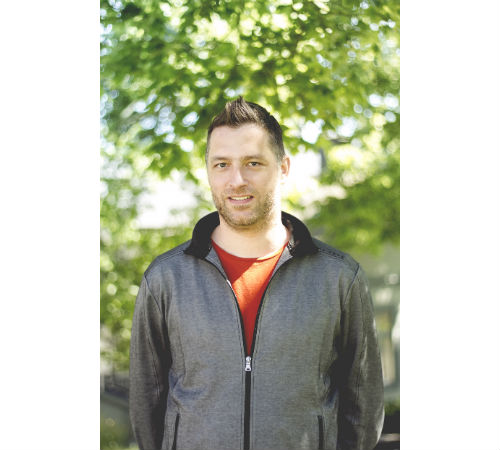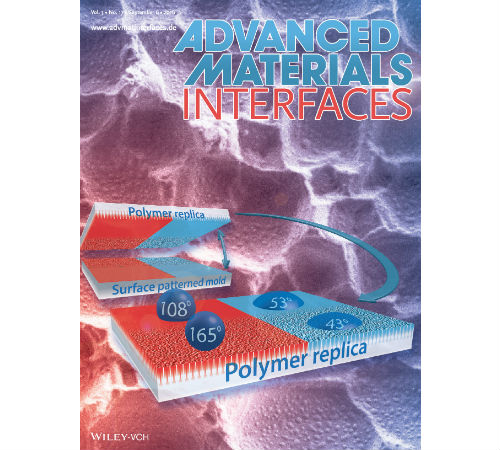Researchers at the Department of Micro- and Nanosystems at KTH have developed a new way to simultaneously shape and surface treat plastic components. The new method can reduce the manufacturing cost of medical devices, such as diagnostic tools for various diseases.

Wouter van der Wijngaart (Credit: Royal Institute of Technology)
When plastic components in various diagnostic tools, such as “labs-on-a-chip,” are manufactured today, they are first shaped by injection molding, and thereafter surface treated to attain desirable surface properties. The surface properties may, for example, (show) affinity for water or water repellence, says Wouter van der Wijngaart, professor of micro and nanosystems at KTH, who developed the technique together with KTH researchers Gaspard Pardon and Tommy Haraldsson.
Patterning surface properties of a component can be compared to treating a portion of a wooden surface with wax. Then the treated portion becomes water repellent.
The new plastic manufacturing process defines simultaneously both the structure and the surface properties of the plastic component in a single injection molding step, according to the researchers, who said:
- “When we mold plastic using the new method, we simultaneously define the different surface properties it should have. Instead of needing to use several process steps, we now require only one. We needed to develop both a new plastic, and a new method to simultaneously structure and surface modifying it.” The research team members explain that the technology results from the continued development of the super plastic OSTEMER, which is at the base of the KTH Royal Institute of Technology spin-off company Mercene Labs activities.
- “The ‘lab-on-a-chip’ components that we can fabricate with our new injection molding technique are meant to handle small amounts of liquid, in medical applications. Until now, such chips have been expensive, and this has been an obstacle for the more widespread use of such technology in health care. But if you can lower the production cost with half, hopefully the device price goes down as well, which facilitates diagnostic tools based on plastics and injection molding methods.”
The team adds that their research is at a fairly high technical level and that it has not been clear how to proceed in order to simplify the injection molding process.

“Surface Energy Mimicking: Simultaneous Replication of Hydrophilic and Superhydrophobic Micropatterns through Area-Selective Monomers Self-Assembly” (Adv. Mater. Interfaces 17/2016); Authors Gaspard Pardon, Tommy Haraldsson, Wouter van der Wijngaart. (Credit: Wiley Online Library)
http://onlinelibrary.wiley.com/doi/10.1002/admi.201670084/abstract
(Source: AlphaGalileo)




